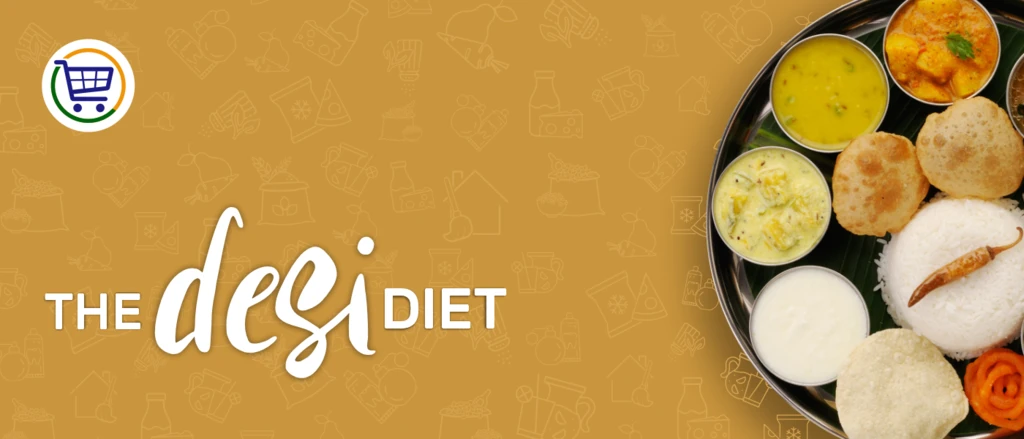International Tea Day
Let’s be honest, we all love waking up to a nice, hot cup of tea (unless you are one of those who look for a caffeine kick early in the morning). And some of us can even make tea a part of our mid-day snack, lunch, evening snack, and even dinner. Whether you want to instill some calmness in your body and mind or just have a flavourful drink, there are so many types of teas we can relish for different purposes now. In honor of International Tea Day, here’s a look at why we celebrate tea each year and the benefits of different types of teas.
Celebrating International Tea Day
Re-emphasizing the call from the Intergovernmental Group on Tea to direct greater efforts towards expanding demand, particularly in tea-producing countries, the General Assembly of the United Nations decided to designate 21 May as International Tea Day.
The Day now promotes and fosters collective actions to implement activities favouring the sustainable production and consumption of tea and raise awareness of its importance in fighting hunger and poverty.
The Origins of Tea
Made from the Camellia Sinensis plant, tea is said to be the world’s most-consumed drink, after water. It is believed that tea originated in northeast India, north Myanmar, and southwest China, but the exact place where the plant first grew is not known. The drink has been with us for a long time and by now has countless variants.
Tea consumption can bring health benefits and wellness due to the beverage’s anti-inflammatory, antioxidant, and weight loss effects. It also has cultural significance in many societies. Since all tea comes from the same plant, the differences between the types of tea are primarily due to how they are processed after the leaves are picked. In theory, any tea plant growing anywhere can have its leaves made into any kind of tea, but this is not done in practice because geography and growing conditions are critical factors to the outcome along with local expertise.
Different Types of Teas and Their Benefits
White Tea: Known to have a delicate flavor, white tea comes is the least processed tea variety. Studies show that it may be the most effective tea in fighting various forms of cancer thanks to its high level of antioxidants. It is a good source of fluoride, catechins, and tannins that can strengthen teeth, fight plaque, and make them more resistant to acid and sugar. This variety also offers the least amount of caffeine.
Herbal Tea: Sometimes called tisanes, herbal teas are very similar to white teas, but they contain a blend of herbs, spices, fruits, or other plants in addition to tea leaves. They don’t contain caffeine and are mainly known for having a calming effect. Some of the most popular varieties include chamomile tea, peppermint tea, ginger tea, and hibiscus tea. All of these can be used to treat various ailments as well.
Green Tea: Green tea originates from China, where the leaves are processed with heat using a pan-firing or roasting method, and Japan, where the leaves are more commonly steamed. Green tea is exceptionally high in flavonoids that can help boost your heart health by lowering bad cholesterol and reducing blood clotting. This tea variety has also shown to be anti-inflammatory, which helps keep your skin clear and glowing.
Black Tea: Black tea leaves are dried and fermented, giving black tea a darker color and richer flavor. Unlike many other varieties, black tea is caffeinated, so it might not be the best option for those of you turning to tea for its calming properties. It’s known to combat inflammation and support healthy immune function. Black tea can also be steamed, cooled, and then pressed on minor cuts, scrapes, and bruises to relieve pain and reduce swelling.
Oolong Tea: Oolong tea is known for containing l-theanine, an amino acid that reduces anxiety and increases alertness and attention. It is also high in polyphenols, which are linked to lowering inflammation, preventing the growth of cancers, and decreasing type 2 diabetes risk.
















